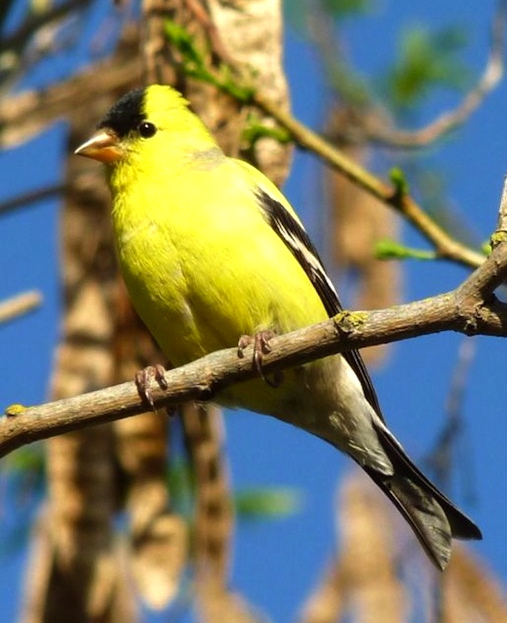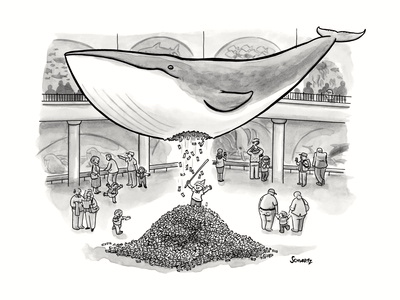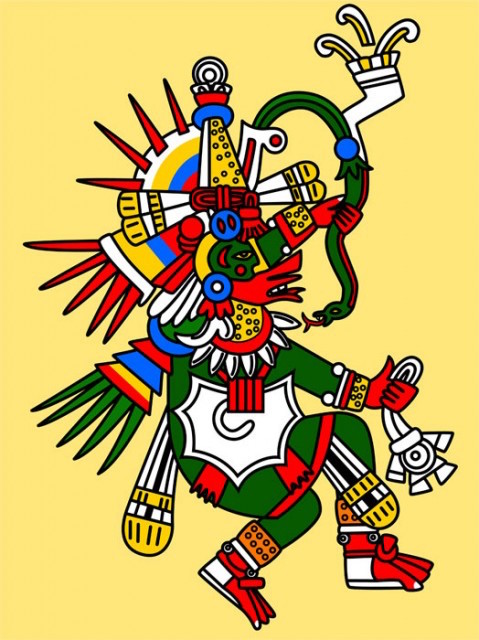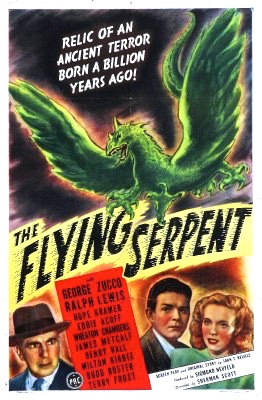In the NYT Book Review yesterday, a set of three reviews of quirky books about people and animals (elephants, a tawny owl, and the giant squid); and then today in the Daily Post (Palo Alto and Mid-Peninsula), the story “Another cougar reported” (by Angelo Ruggiero), which I took at first to be a silly story about sexually aggressive older women in the area but which turned out (of course) to be about mountain lions.
The NYT reviews:
by Sara Gruen, of Elephant Company: The Inspiring Story of an Unlikely Hero and the Animals Who Helped Him Save World War II, by Vicki Constantine Coke [about Lt. Col. James Howard Williams, nicknamed “Elephant Bill”]
by Liesl Schillinger, of The Owl Who Liked Sitting on Caesar: Living With a Tawny Owl, by Martin Windrow [about his own owl]
by Jon Mooallem, of Preparing the Ghost: An Essay Concerning the Giant Squid and Its First Photographer, by Matthew Gavin Frank [about the Rev. Moses Harvey]
All three books are about eccentrics passionately involved with animals; the third appears to have an eccentric author as well. Delightful to see the three reviews packaged together.
Then there’s the local cougar. The story begins:
For the third time this month, a mountain lion has been spotted in San Mateo.
The area has loads of undeveloped space — foothills, parklands, forests, creeks, and so on — and plenty of deer and smaller animals for cougars to prey on (residents are of course concerned about their household pets, not to mention their small children).
On the big cat, from Wikipedia:
The cougar (Puma concolor), also known as the mountain lion, puma, panther, painter, mountain cat, or catamount, is a large cat of the family Felidae native to the Americas. Its range, from the Canadian Yukon to the southern Andes of South America, is the greatest of any large wild terrestrial mammal in the Western Hemisphere. An adaptable, generalist species, the cougar is found in most American habitat types.
Then there’s the slang term cougar. For a change, this one seems to be genuinely recent; from Wikipedia:
Cougar is a slang term that refers to a woman who seeks sexual relations with considerably younger men. It typically refers to women aged 30–40 years old. ABC News states that these women pursue sexual relations with people more than eight years younger than they are, while The New York Times states that the women are over the age of 40 and aggressively pursue sexual relations with men in their twenties or thirties. However, the term can also refer to any female who has a male partner much younger than herself, regardless of age or age difference.
The origin of the word cougar as a slang term is debated, but it is thought to have originated in Western Canada and first appeared in print on the Canadian dating website Cougardate.com.
For some discussion, see this piece by lexicographer Grant Barrett, who takes slang cougar back to 2001 in Canada.
There doesn’t yet seem to be a generally used term for a cougar’s boytoy.














































